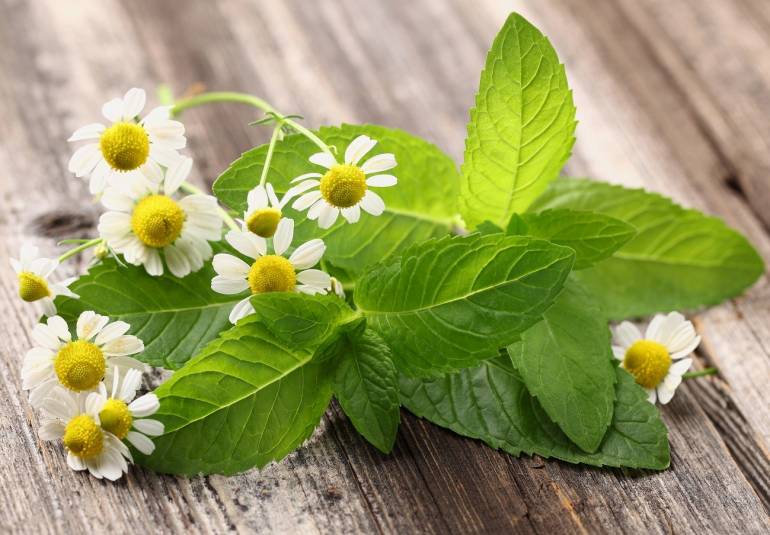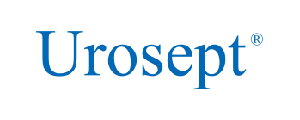Severe muscle pain appearing just several hours after an intense workout can effectively impede daily functioning. Standing up, walking, grasping – the simplest activities become very painful. Any attempt to move discourages any activity. How to alleviate muscle pain? How to deal with unpleasant ailments?
So-called “soreness” has so far been blamed for sore muscles and a sensation resembling the sticking of microscopic pins with each movement after intense exercise. Insufficient oxygen in relation to the demand of working muscles leads to the activation of lactic fermentation processes, as a result of which lactic acid accumulates in muscle fibers. However, it is removed from the muscles within a few hours and has nothing to do with pain, which can appear even two days after training.
So where does this severe pain come from? Delayed Onset Muscle Soreness syndrome (DOMS for short) is responsible for the unpleasant discomfort. It appears about 24 to 48 hours after exercise and is explained as the body’s response to microdamage in the muscles. During strenuous exercise, the actin and myosin fibers that build the structure of the muscle can break down, and the membrane surrounding the muscle fiber bundle can also be torn. It is in these causes that scientists see a delayed pain response – the body must have time to repair damage and regenerate tissues.
What discomforts occur after exercise?
DOMS gradually intensifies, producing its most severe symptoms around 24-48 hours after exercise. Making it difficult to perform the simplest activities, muscle soreness is accompanied by such symptoms as:
- swelling
- tenderness
- temporary weakness of muscle strength
- restricted range of motion
- Stiffness of joints in the vicinity of sore muscles.
Although the discomfort is unpleasant, it is a clear sign that processes are underway in the body to repair and regenerate damaged tissues. With regular training, when the intensity is gradually increased, DOMS symptoms will be far less severe. Well-trained muscles are prepared for increasingly demanding exercises, and micro-injuries are less frequent. In such a situation, for DOMS symptoms to appear, you need to do decidedly more strenuous work.
Is it possible to avoid muscle pain after training?
Can these ailments be prevented? Yes, there are several simple and proven ways to do so.
- Warm-up. The absolute basis for regular training. It is worthwhile to warm up before any physical activity. Stretching and preparing your muscles for work not only protects you from later soreness and DOMS, but also from injury.
- Adapting activities to the body’s capabilities. Do not overestimate your fitness. An overly optimistic assessment of one’s own capabilities can lead not only to muscle pain, but also to more serious damage and injury. Exercise forcibly and training intensity should be increased gradually, individually adjusting them to your exercise capacity and physical form.
- Diet. Lack of adequate nutrients in the body makes it more difficult and longer for muscles to recover, which indirectly results in prolonged DOMS and post-workout recovery time. The diet of a person who trains should include the right proportions of valuable protein and amino acids, carbohydrates and fats. It is worth adjusting the daily menu for regular training, and if necessary, consult a nutritionist.
Ways to get sore muscles after a workout
There are several simple ways to relieve muscle pain after exercise:
- Warm compresses and a relaxing bath. Warm water, on the one hand, relaxes and relieves pain, and on the other, improves circulation and has a positive effect on the regeneration of damaged tissues.
- Lots of water. Drink plenty during and after your workout. A well-hydrated body recovers faster and gets rid of toxins more efficiently.
- A diet rich in protein. A properly composed menu not only helps prevent the onset of DOMS, but also facilitates muscle recovery. Meals rich in protein help recover energy and regenerate muscles after training.
- Warming gels and ointments. They help relieve pain, reduce inflammation and unpleasant symptoms of DOMS. Neo-Capsiderm® is a medication for neuralgia available without a prescription at pharmacies. It is a warming agent for muscle pains, strains and painful muscle spasms. It is also recommended as an auxiliary for joint inflammation and neuralgia, especially for people over 50. year of age.
- Sleep. Let’s give the muscles a rest. During deep sleep, not only the nervous system regenerates, but also tissues and organs. Healthy sleep promotes the production of hormones that help regenerate damaged muscle fibers. Blood flows freely through unencumbered muscles, which helps oxygenate them and relieve pain and inflammation.
- Massages. Hydromassages in the tub have a soothing effect on sore muscles. “Dry” massages have a similar effect, but initially it is advisable to perform them with sensitivity. You need to be careful not to further damage the fatigued muscles and cause yourself unnecessary pain.
- Light exercise. Although sore muscles discourage any activity, light and non-strenuous activity helps “stretch” the body, oxygenates it and makes tissues recover faster. Walking, swimming pool, Pilates, light exercise at home are the best forms of activity to help cope with DOMS.
The intensity of exercise should be matched to the body’s fitness and exercise capacity. Excessive training can not only lead to symptoms of delayed onset muscle soreness syndrome (DOMS), but also contribute to more serious injuries. Muscle pain after training can be prevented, and there are effective ways to alleviate the unpleasant discomfort.







